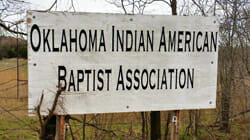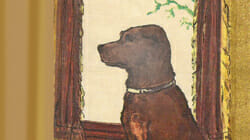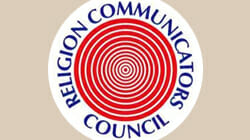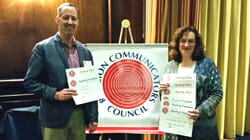Deafening silence: The ongoing genocide of Native Americans
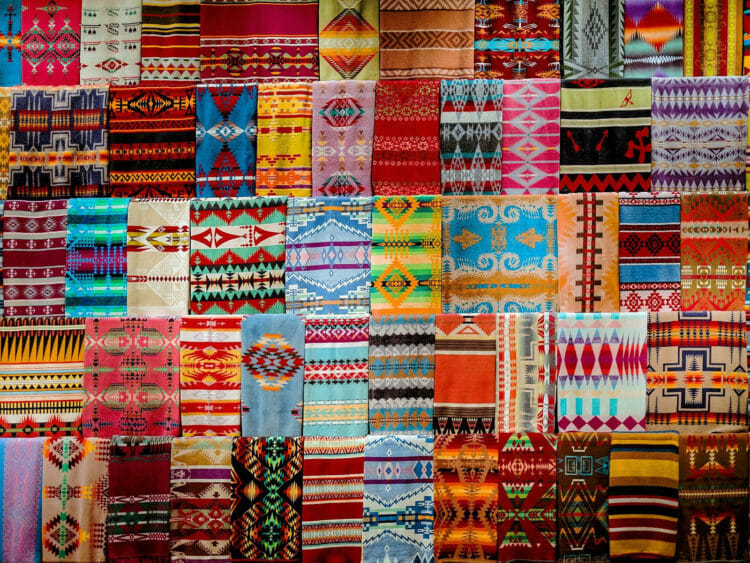
By The Rev. Dr. Cassandra Williams
On Dec., 21, 2013, 18-year-old college student Ma-hi-vist (Red Bird) Touching Cloud Goodblanket was home on winter break when he experienced a mental health episode. Goodblanket’s parents called 911. After police arrived, they refused to allow the parents into their own home. When police emerged from the home, they told the parents that their son “didn’t make it.” Goodblanket, who once toured Europe as a youth ambassador, lay dead in his parents’ home, shot seven times, once in the back of the head.
Like many others, the Goodblankets had worked for years to get Touching Cloud the diagnosis and help he needed. It was not until he was 14 that he received a diagnosis of Oppositional Defiant Disorder. Once tools were in place to manage his illness, he went on to graduate high school a year ahead of schedule.
Oklahoma has the second-highest rate of adults with serious mental illness in the nation, yet ranks 44th in per capita spending on mental health. Dennis Smith, the Custer County district attorney who resigned a month after the shooting, defended his justifiable homicide ruling while at the same time admitting that better training of personnel is needed, a suggestion resisted by Custer County Sheriff George Peoples. Peoples reportedly refers to the Custer County jail as a “a mental health holding facility,” and stated that teams trained in dealing with mentally ill subjects are a “luxury” and the duties of his force leave little time to “to sit in class.”
To date, the Goodblankets’ efforts to seek justice have been unsuccessful. Requests for Custer County documents related to the case have been denied to a legislative attorney for the Cheyenne and Arapaho tribes and to attorneys hired by the family. Open-records requests made by reporters for both the Goodblanket case and that of Benjamin Whiteshield—who died after being shot by police while in the midst of a delusional episode—have also been denied. On Aug. 15, 2014, the Oklahoma Sheriff’s Association presented the Medal of Valor to the Custer County deputies who killed Goodblanket “in recognition of their performance above and beyond the call of duty” in the incident.
Goodblanket’s story is not an isolated one. According to Oklahoman reporter Juliana Keeping— whose three-part series chronicles the Goodblanket family’s quest for justice—similar scenarios have played out numerous times in recent years in Oklahoma, which is home to 39 recognized tribal groups. However, such stories are not limited to Oklahoma. Instances of Native Americans with mental illness being killed by police or dying while in police custody have occurred around the United States, as have many deaths not involving mental illness. Allen Locke, for example, was shot dead by police one day after attending a “Native Lives Matter” rally against police violence. Twenty-four-year-old Sarah Lee Circle Bear was jailed for a bond violation and later found dead in a holding cell, after, according to witnesses, she begged for help for severe pain and was advised to stop faking.
Have you heard of Mahhivist Goodblanket, Benjamin Whiteshield or Sarah Lee Circle Bear? Have you heard of John T. Williams, Paul Castaway, Henry Rexdale, Christina Tahhahwah or the host of other First Nations people who have died under suspicious circumstances involving police? I confess that—in spite of my commitment to Jesus’ mandate to care for those on the margins of society—I was unfamiliar with these names. In fact, I was unaware of the existence of “Native Lives Matter” Movement, which has been advocating justice and awareness of police brutality and the many missing, murdered and unsolved deaths of Native people for half a decade.
Neither was I aware that Native Americans—the smallest racial group (8 percent of the population)—are most likely to be killed by police (1.9 percent of police killings). They are also incarcerated at a rate 38% higher than the national average and victims of violent crime at more than double the rate of all other U.S. citizens, with 88 percent of those crimes being committed against Native American women by non-Native Americans. Nor was I aware that Native American youth are 30 percent more likely than whites to be referred to juvenile court than have charges dropped, and Native American children are removed from their homes by state social service agencies at a far higher rate than other children.
My lack of awareness is reflective of the larger consciousness of our nation. Stories of the impact of structural racism on indigenous peoples in our land are largely missing from national news coverage, as are Native American voices from current conversations. As a report from the Lakota People’s Law Project states: “In light of the debate surrounding police violence against minority populations in the United States, one group that is consistently affected, yet continuously excluded from broad public discourse, is Native Americans.”
While we rightly grieve the violence perpetrated against the victims of the Pulse nightclub shooting, reference to that horrific event in news reports as the “deadliest mass shooting in the United States history” (e.g. New York Times), effectively nullifies the history of Native American peoples in this country. The reasons for the silence around Native American issues are deeply rooted in the American psyche. As a “Native Lives Matter” Facebook post explains, “Historical genocide is so deep outside and within the Native community that a lot of times when other [people of color] are explaining about racism and genocide they forget to include Native people into the conversation when running down a list of people and cultures that were brutalized for their beliefs and ways of life.”
On Sept. 8, 2000, the head of the Bureau of Indian Affairs formally apologized for the agency’s participation in the “ethnic cleansing” of western tribes. Simon Moya-Smith, culture editor at Indian Country Today, reminds us that reducing Native Americans from 100 million strong to fewer than 2 percent of the total U.S. population took detailed planning, legislation and viciousness. Forced relocation, residential schools, starvation, contaminated blankets, bounties and U.S. Cavalry troops may have been replaced by police shootings, incarceration, desecration of reserve lands, foster care, lack of infrastructure and services, and poverty as the tools of ethnic cleansing, but the genocide continues today.
In spite of the sadness and tragedy I encountered in my research, what struck me most profoundly was the absence of resentment toward my ignorance, the depth of appreciation for my efforts, and the hopeful spirit that transcends the circumstances of these people who were unapologetically deemed “merciless Indian savages” in the U.S. Declaration of Independence. I will carry with me the vision shared with me by Melissa Goodblanket, the mother of Mahhivist Touching Cloud Goodblanket─a vision that can sustain us all as we struggle for justice in these violent times: “I hold to a vision of humanity spiritually waking up simultaneously all at once like a bright light of the Holy Spirit spreading across the planet. This image keeps me going.”
The Rev. Dr. Cassandra Williams is national coordinator, Discipleship Resource Development, American Baptist Home Mission Societies.
Sources: The Bureau of Justice Statistics The Center on Juvenile and Criminal Justice The Lakota People’s Law Project The National Council on Crime and Delinquency. Photo credit: rpphotos
The following poem was written by Mah-hi-vist Goodlanket as a gift to those who attended his high school graduation.
With hurdles to jump
Challenges to face
Poor choices to conquer
I have overcome
I am taking the walk
I made it through the DARKNESS
This is my chance
A 2012 graduate a year in advance
Ahead of my class
No regrets of life experiences endured
I step forward leaving the past in the past
Knowing
I walk to receive the document earned
Excited for the future
Another page in my story turned
Not without gratitude to all of you
Friends, relatives, mom and dad, educators and counselors too …
A-ho, Wa-Do Thanks My hat is off to you.
Mah-hi-vist (Redbird) Touching Cloud Goodblanket (1995–2013). © 2012 Used by permission.
Previous Story | Story 4 of 16 | Next Story
— The Christian Citizen —


